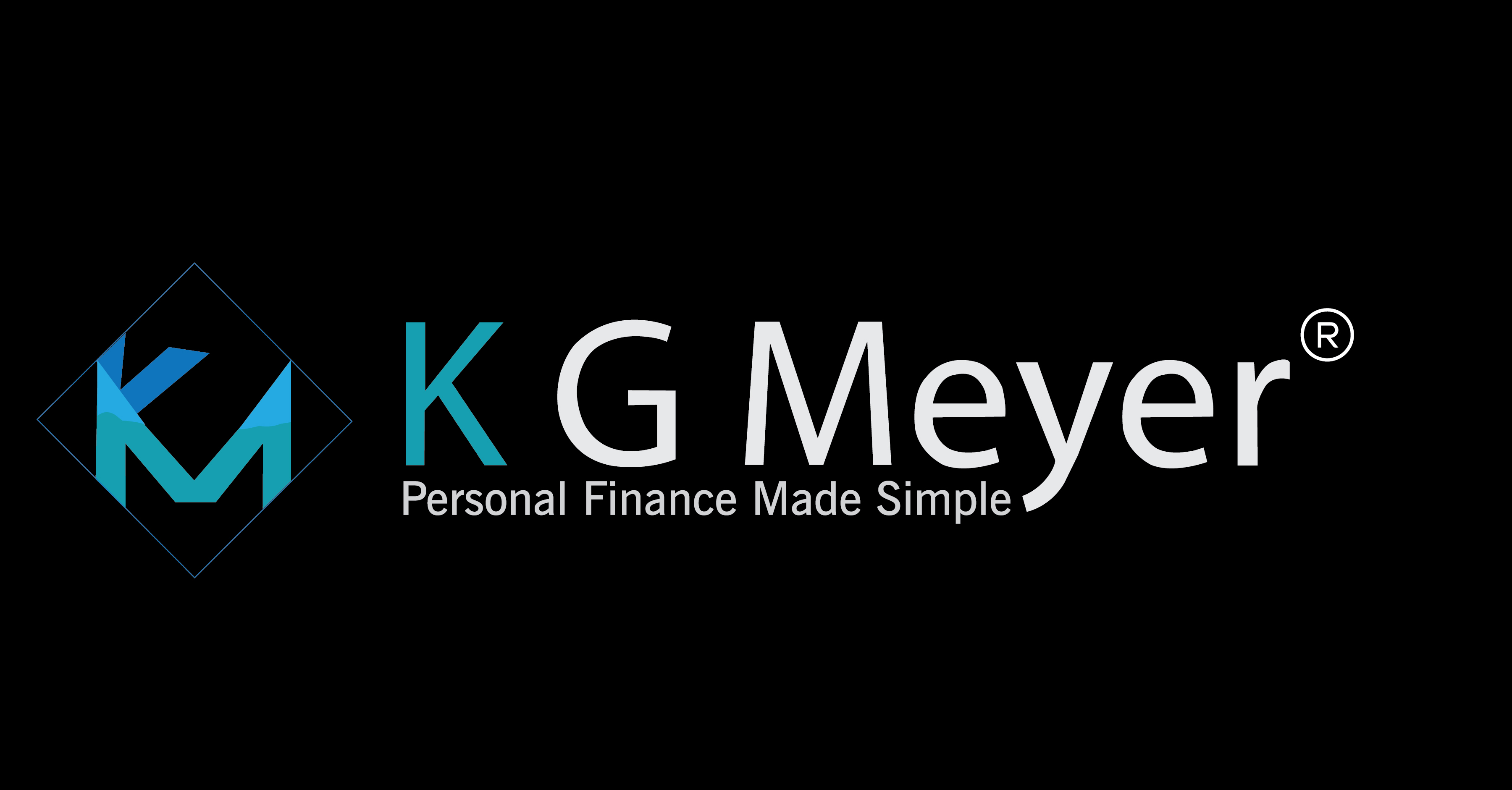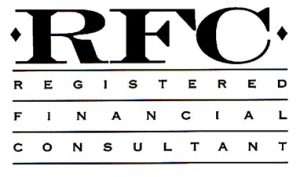
With many books on personal finance and not that many on how to properly invest this book is a wealth of information. The book in question is DIY Financial Advisor by Gray, Vogel, and Foulke. It is a fairly in-depth look at how one can be their own financial planner with some detailed work on your behalf. Or at least that is until you look into the author’s firm a little more than what is written in the book. But first things first and let us look at the book.
It starts off telling you why an average person with some knowledge of the markets can consistently beat the experts. And this goes hand in hand with what Warren Buffett states to a degree, and that is to buy a low-cost indexed fund and invest that way. And that is in a passive manner. Well, this book goes into many examples of why people should be leery of the experts and may want to make a go of it on their own. With thousands of mutual funds and exchange traded funds there are countless opportunities for someone to invest in the markets in an active or passive manner.
It is wise for many people to invest simply in such funds instead of individual stocks and bonds. But regardless you do need a good mixture of the two in order to be diversified and thereby reduce some of your risk. So if you have the time and inclination to do some research on your own anyone can be their own financial planner. And many people, especially younger adults are looking to the new robo advisors. These are companies that use proprietary formulas to come up with a basket of exchange-traded funds to invest in, and the will do so based on your answers to several questions. Then the company will invest for you based on your answers and risk tolerance along with periodic rebalancing of the assets. All in all, these companies provide a good service at a fair value for younger and smaller investors.
But what if you want to go past the low priced indexed mutual funds or exchange traded funds? Well with mutual funds you have active and passive managed funds, and each has a fund manager. For an actively managed fund, the fund manager is trying to beat the markets or some index such as the S&P 500 benchmark. On passively managed funds the fund manager just mirrors an index such as the S&P 500. Actively managed funds cost more in the way of fees and taxes because of their structure and active trading practices. On the other side exchange traded funds are normally tied to an index and are considered passive in nature. Due to this, they will generally have lower fees and tax implications.
But then the book gets a little on the technical side of things and goes into detail on how to manage your own portfolio of stocks and bonds. For bonds, it is viewed that these should be purchased through an exchange traded fund or passively managed mutual fund. The reason is two-fold, one diversification and two an overall reduced risk of buying individual bonds. But what if you were to go with the author’s concepts of investing based on momentum and value of stocks? The book goes into some detail on how o accomplish this but to be honest it would be over most people’s heads regarding accomplishing what is laid out in the book. But the concepts and interesting to say the least and give one a good basis for setting up their own portfolio.
While reading the book and after the sections on momentum and value investing I was wondering how to achieve this without having to write a complex program to search all of the criteria to achieve your desired outcome. Well, the authors it seems have come up with an actively managed exchange traded fund for both momentum and value investing both domestically and from abroad. While the funds are relatively new and do not have a long established track record they do provide an option to what the authors outline in the book. To see these funds for yourself visit the author’s site at www.alphaarchitect.com and look for yourself.
By using these funds and figuring out your correct balance of the four funds in conjunction with some bond funds, you can indeed be your own financial advisor. The funds cost a fair bit more than the ones most robo advisors will use and definitely more than those of a low cost passively managed indexed fund from someone like Vanguard. Those exchange traded funds cost about 0.2% a year or less while the ones from the author’s site will run 0.79%. But if you believe in the method that they outline in the book the extra cost in fees may very well be worth it.
Otherwise, I would look at a robo advisor such as Wealthfront, Betterment or even Acorns. Those are just three that come to mind, but there are many others, and all you need to do to find one that you prefer is to Google robo advisors and do some research for yourself.
With the advent of the exchange traded fund, it is easier now more than at any time before to be one’s own financial advisor and be able to diversify like never before. While I do not endorse the exchange traded funds outlined on the author’s site they are four I will be keeping an eye on going forward to see how they perform compared to say an index fund tied to the S&P 500. While their theories may appear sound, they are untested in my view, but that does not mean that they are not worth a second look.
If you have any questions or need any assistance, do not hesitate to contact me directly.



